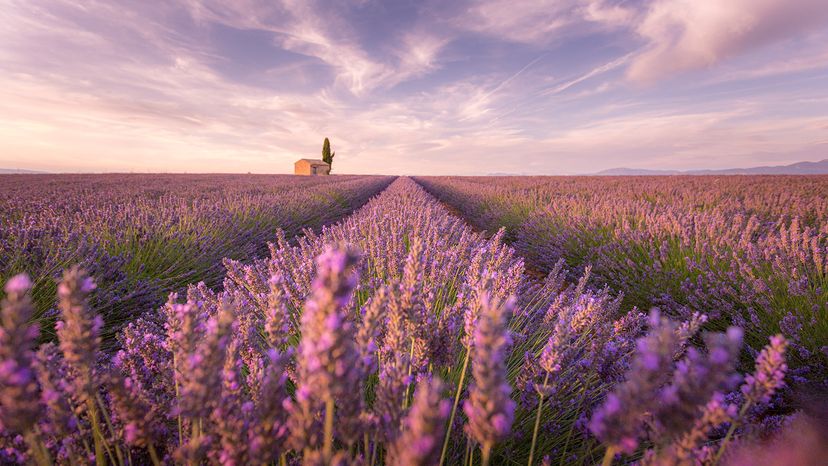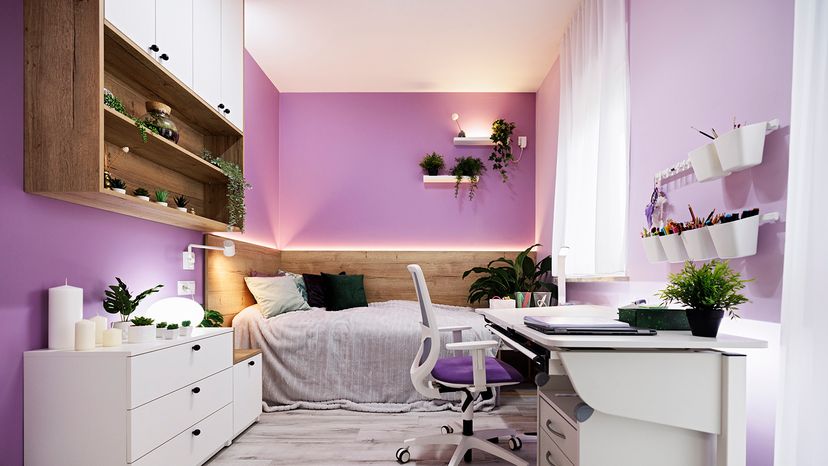
At first glance, a lilac vs. lavender comparison might seem like a trick question. Both belong to the lavender family of pale purple shades, and both bring to mind springtime blooms, calming atmospheres and fragrant flowers.
But take a closer look, and you’ll find subtle differences and distinct characteristics that set these soft pastels apart.
Advertisement
From flower species to color undertones and even uses in essential oils, the differences between lilac and lavender span botany, color theory and lifestyle applications.

